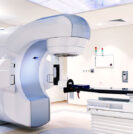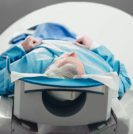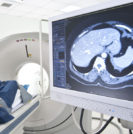Anti-Inflammatory Drugs May Help Prevent Prostate Cancer

In one sense, the greatest cure for cancer is to keep it from happening in the first place. Your local drugstore may be the source of inexpensive products that help protect men against prostate cancer such as... keep reading








